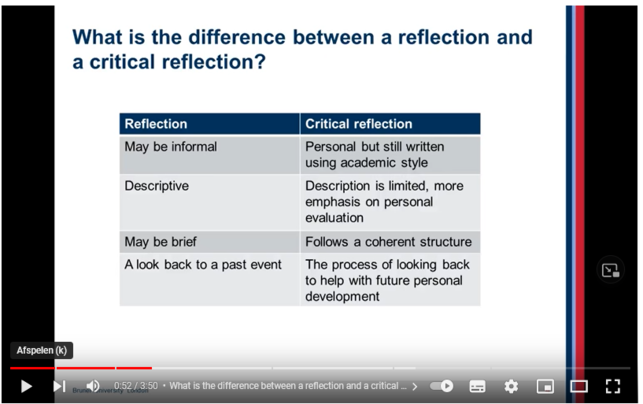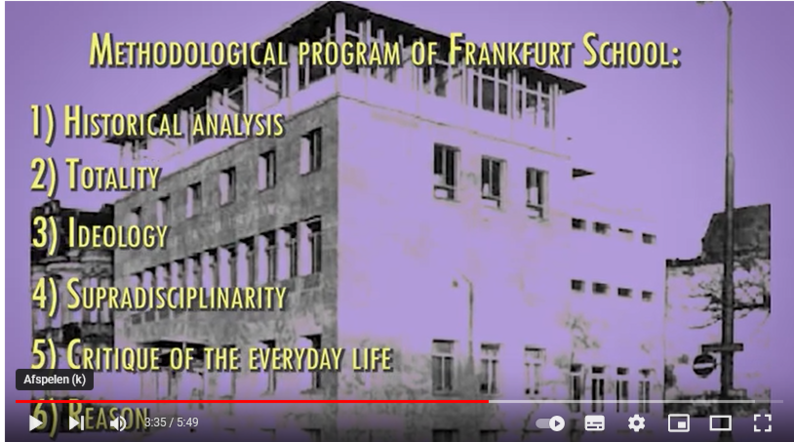Move 1: Establishing a Territory [the situation]
This is generally accomplished in two ways: by demonstrating that a general area of research is important, critical, interesting, problematic, relevant, or otherwise worthy of investigation and by introducing and reviewing key sources of prior research in that area to show where gaps exist or where prior research has been inadequate in addressing the research problem.
The steps taken to achieve this would be:
- Step 1 -- Claiming importance of, and/or [writing action = describing the practice/research problem and providing evidence to support why the topic is important to study]
- Step 2 -- Making topic generalizations, and/or [writing action = providing statements about the current state of knowledge, consensus, practice or description of phenomena]
- Step 3 -- Reviewing items of previous research [writing action = synthesize prior research that further supports the need to study the research problem; this is not a literature review but more a reflection of key studies that have touched upon but perhaps not fully addressed the topic]
Move 2: Establishing a Niche [the problem]
This action refers to making a clear and cogent argument that your particular piece of research is important and possesses value. This can be done by indicating a specific gap in previous research, by challenging a broadly accepted assumption, by raising a question, a hypothesis, or need, or by extending previous knowledge in some way.
The steps taken to achieve this would be:
- Step 1a -- Counter-claiming, or [writing action = introduce an opposing viewpoint or perspective or identify a gap in prior research that you believe has weakened or undermined the prevailing argument]
- Step 1b -- Indicating a gap, or [writing action = develop the research problem around a gap or understudied area of the literature]
- Step 1c -- Question-raising, or [writing action = similar to gap identification, this involves presenting key questions about the consequences of gaps in prior research that will be addressed by your study. For example, one could state, “Despite prior observations of voter behavior in local elections in urban Detroit, it remains unclear why do some single mothers choose to avoid....”]
- Step 1d -- Continuing a tradition [writing action = extend prior research to expand upon or clarify a research problem. This is often signaled with logical connecting terminology, such as, “hence,” “therefore,” “consequently,” “thus” or language that indicates a need. For example, one could state, “Consequently, these factors need to examined in more detail....” or “Evidence suggests an interesting correlation, therefore, it is desirable to survey different respondents....”]
Move 3: Occupying the Niche [the solution]
The final "move" is to announce the means by which your study will contribute new knowledge or new understanding in contrast to prior research on the topic. This is also where you describe the remaining organizational structure of the paper.
The steps taken to achieve this would be:
- Step 1a -- Outlining purposes, or [writing action = answering the “So What?” question. Explain in clear language the objectives of your study]
- Step 1b -- Announcing present research [writing action = describe the purpose of your study in terms of what the research is going to do or accomplish. In the social sciences, the “So What?” question still needs to addressed]
- Step 2 -- Announcing principle findings [writing action = present a brief, general summary of key findings written, such as, “The findings indicate a need for...,” or “The research suggests four approaches to....”]
- Step 3 -- Indicating article structure [writing action = state how the remainder of your paper is organized]
Kritische reflectie
Reflectie:
https://www.youtube.com/watch?v=lZxvMrGNyzk
Reflectie modellen:
https://www.youtube.com/watch?v=o4u-PW--vBo
- Bateson - persoonlijke reflectie
- Korthagen - relectie op handelen (methdodiek reflecitie)
- Mittendorf - persoonlijke reflectie
- STARR - Methdodiek reflectie
STARR: https://www.scribbr.nl/stage/starr-methode/
video: https://www.youtube.com/watch?v=ZsS6wnu_1TY
1 situatie
1 competentie - samenwerken
1 indicator - team gerictheid
Kritische reflectie - academisch
https://www.youtube.com/watch?v=5EJDlAHlZ54
- tegen argumenten
- contra bronnen
- nuanceren
- twijfel bloot leggen
Intro: https://www.youtube.com/watch?v=zu8-KJBFQJM
Video: https://www.youtube.com/watch?v=lTif5FMMDWE
- DIEP model (descibe, interpret, evaluate, plan)
- Rolfe (what, so what, what now)
- Gibbs
Citical theory:
https://www.youtube.com/watch?v=-7QdGpheT8A


